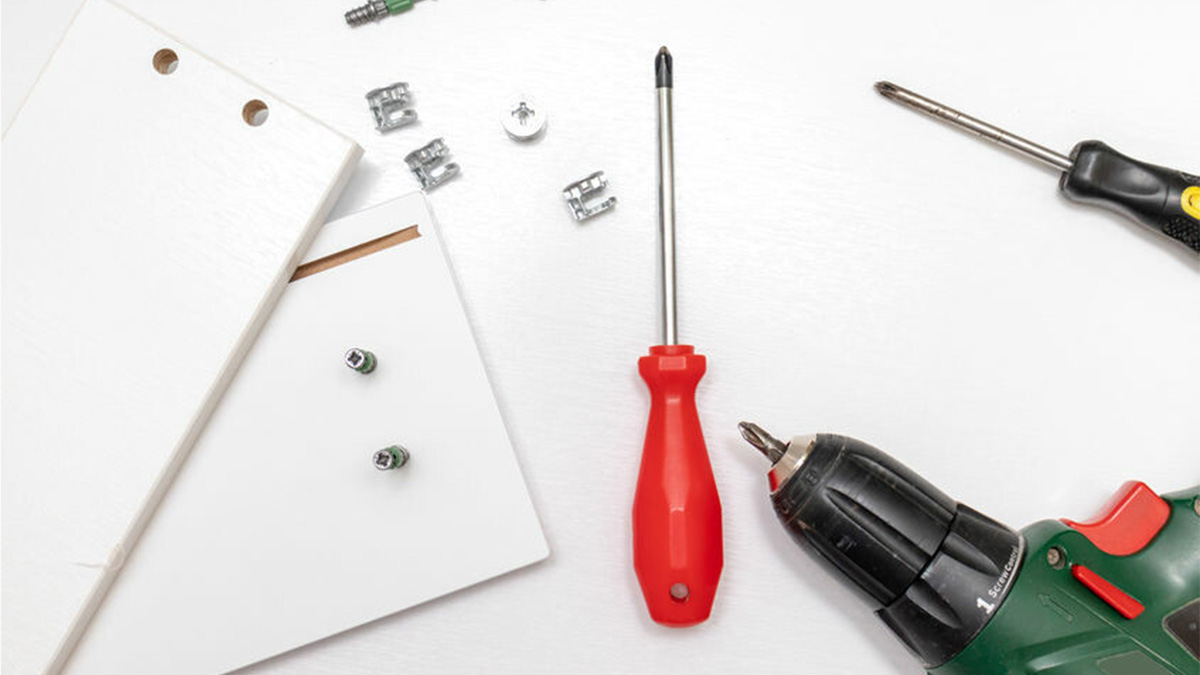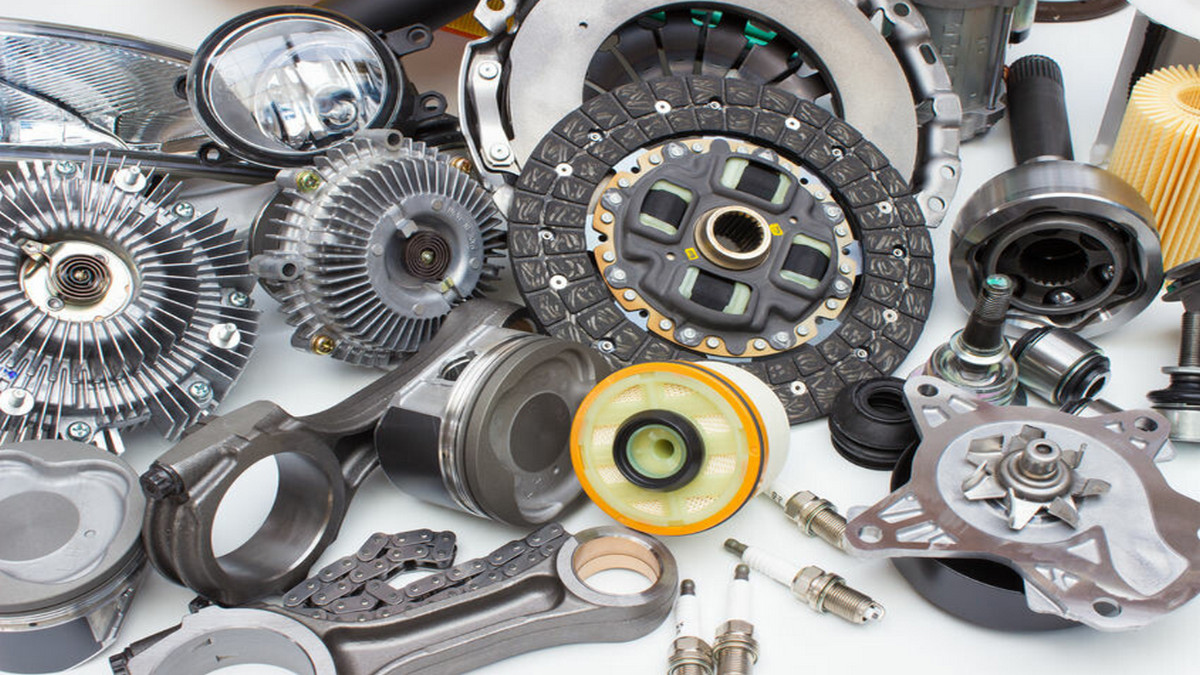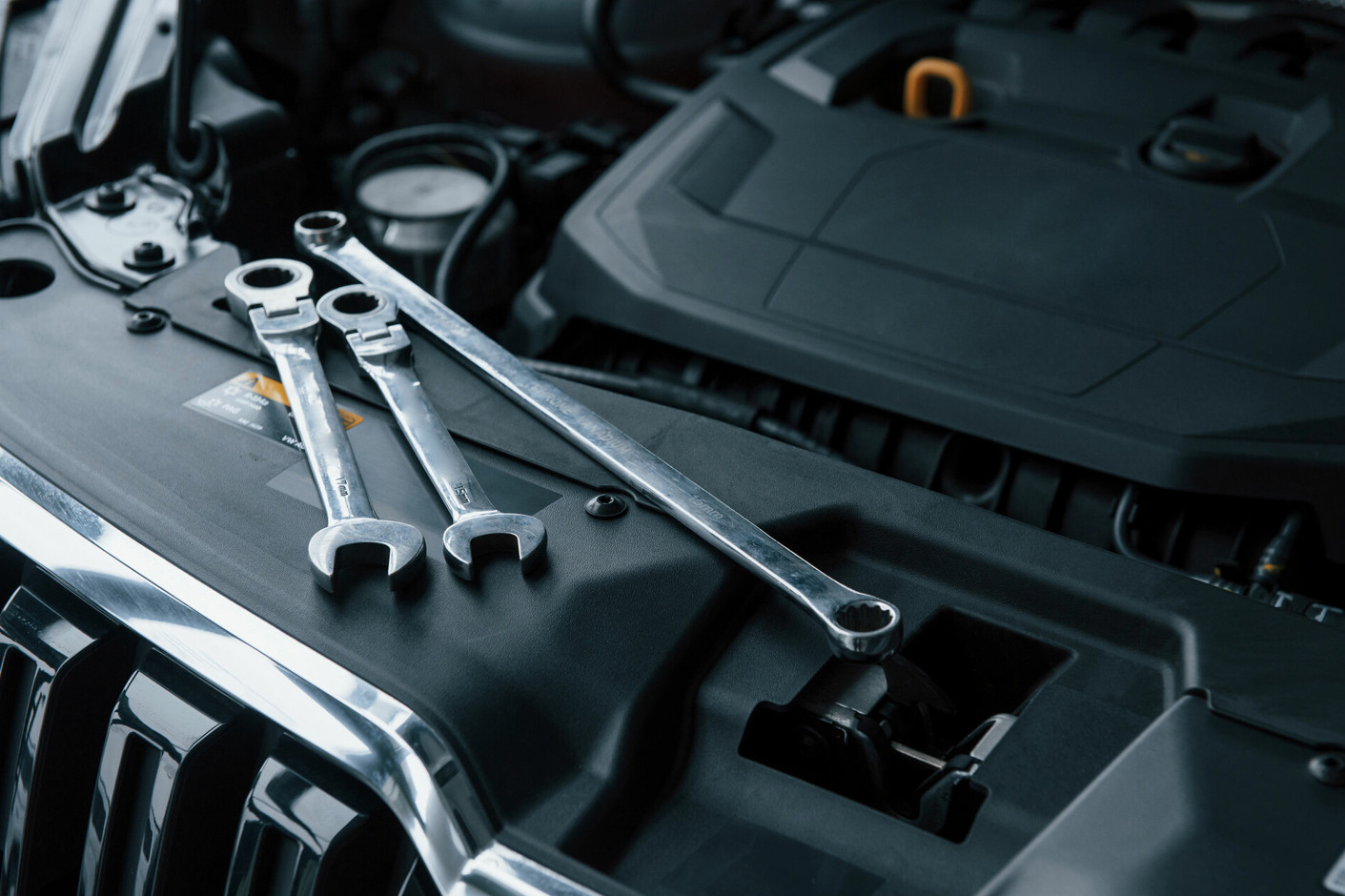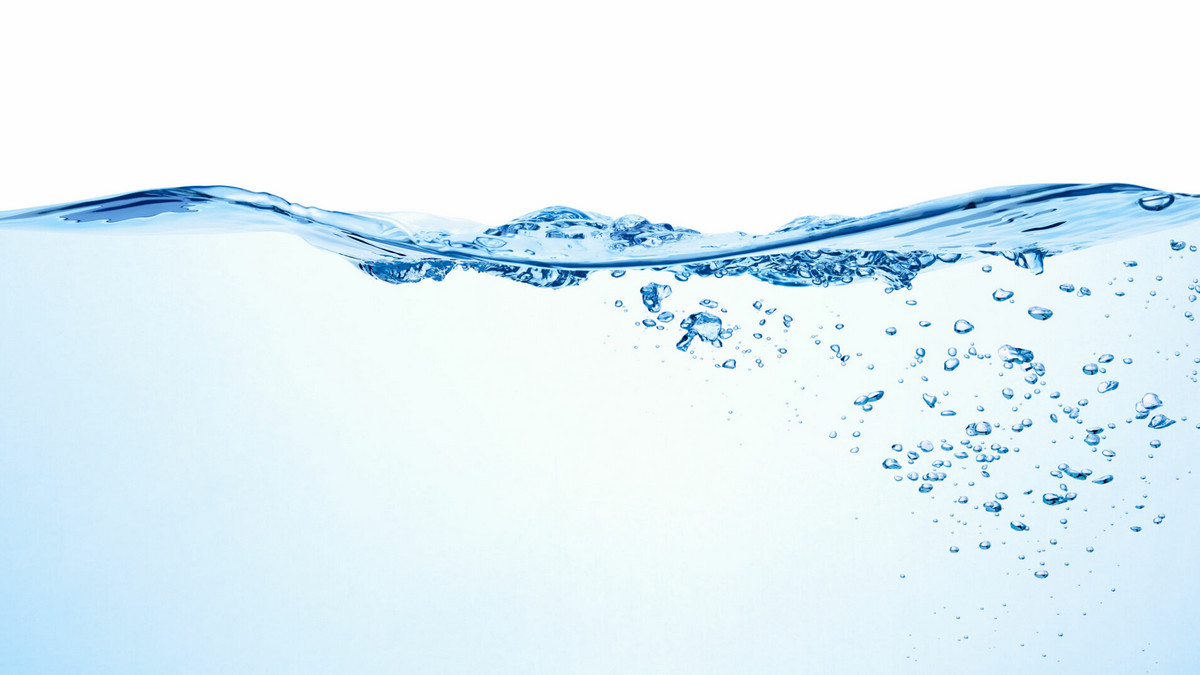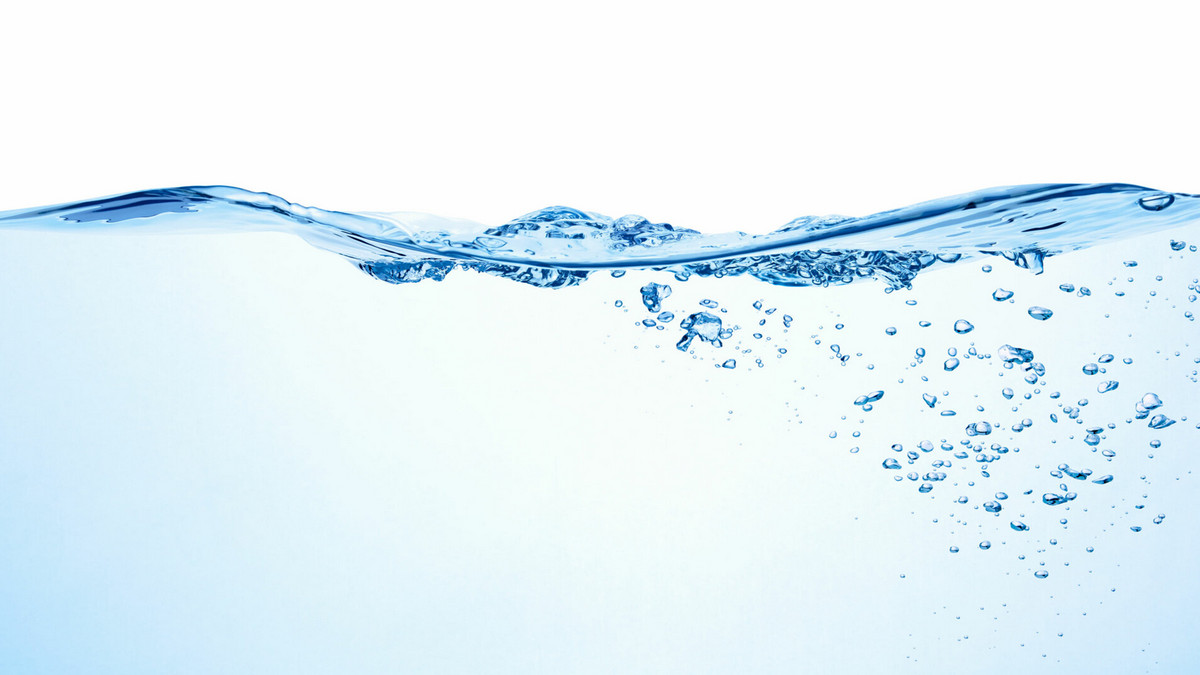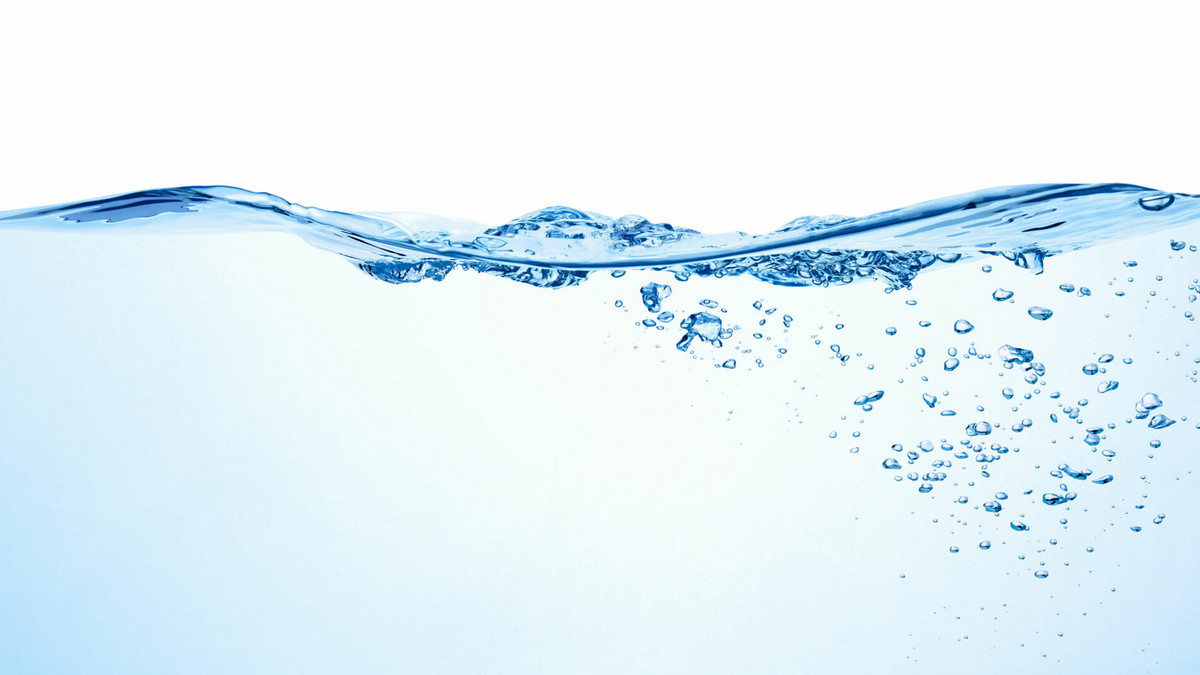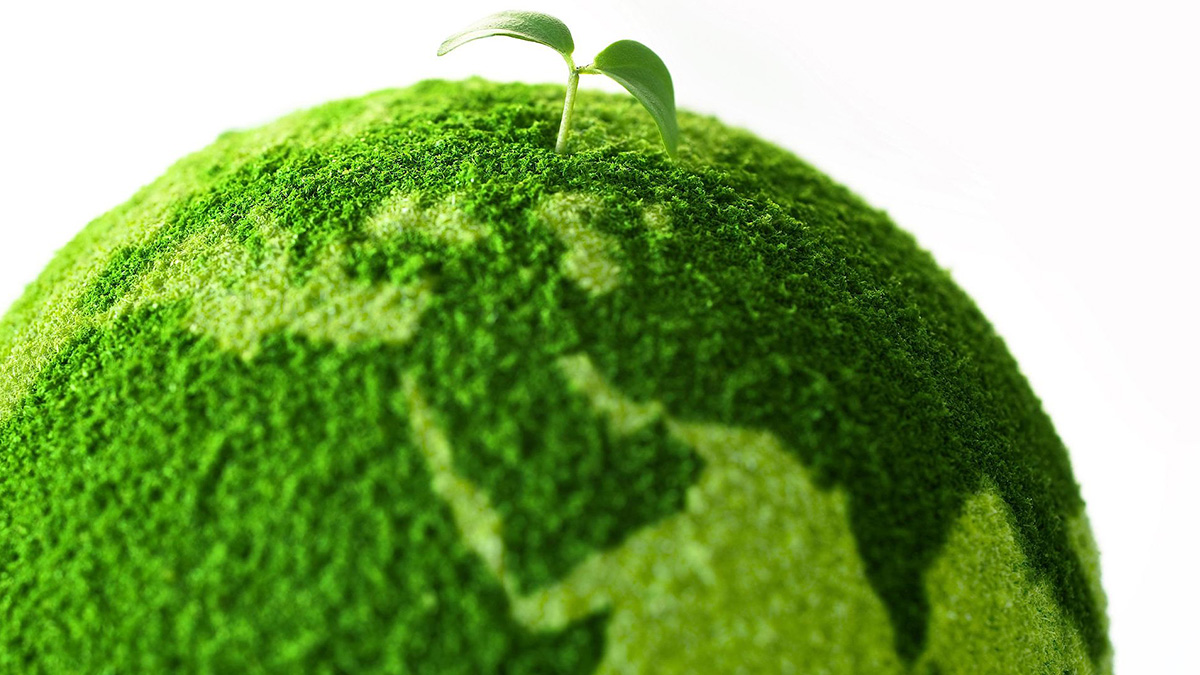A mold is a production tool that can produce parts with certain shape and size requirements. In industrial production, various presses and special tools installed on the press are used to make metal or non-metallic materials into parts or products of the desired shape through pressure. Such special tools are collectively referred to as molds.
What Is a Mold?
A mold is a common tool used in modern industry. It is a hollowed-out block that is filled with a pliable material such as plastic, glass, metal, or ceramic raw material under pressure. The material hardens or sets inside the mold, forming the shape of the desired product. Molds are classified into many types according to their function and material being molded, such as casting molds, metal-plastic forming, and injection molds.
What is the Difference Between a Mold and a Die?
Mold: A liquid or melted material is injected into a casting called a mold which allows the material to adapt to the shape of the casting and form the product. Molds are usually composed of a male and a female half, which are placed together and the molten material is injected into the hollow cavity between the two halves. When the molten material cools and solidifies, the male and female parts are separated to obtain the desired product.
Die: Refers to the mold used when forging, stamping, or extruding solid-state materials into products. The die is composed of upper and lower dies. Pressure is used to make the upper and lower dies approach each other quickly, directly punching, forging, or extruding the material into the shape and size of the upper and lower dies.
Basic Knowledge of Molds:
The mold cavity has a specific contour or shape, and the shape of the inner cavity allows the injected material to obtain a corresponding three-dimensional shape. The mold is generally divided into two parts which can be separated from each other: the movable mold called the punch, and the concave fixed mold. The mold will also have a device to eject the part from the mold.
How to Make a Mold?
The mold designer designs the mold structure and makes drawings according to the use requirements of the product (part). Then, skilled workers will use various mechanical processes to make the mold according to the drawings. The mold is then assembled and debugged until qualified products can be produced.
- Mold design: First an analysis is made to determine whether it is feasible to produce the desired products with a mold. The mold diagram is then drawn up and proofread.
- Mold processing: The mold prototype is cut by machine tooling to reach the required design shape.
- Mold testing: After the mold base and mold are assembled, they are tested and adjusted.
Because mold shapes can be very complex, and products may have high requirements for structural strength, rigidity, surface hardness, surface roughness, and machining accuracy, mold production requires a high level of technology. Mold quality directly affects product quality, and the timely supply of molds can impact the cost of new product development. Therefore, mold production quality and capacity are important elements of precision mechanical manufacturing.
What Fields Can Molds be Used in?
The application of molds is extremely wide, and applicable industries include machinery, automobile, light industry, household appliances, petroleum, chemical, electric power, and other industrial equipment manufacturing sectors. It covers all kinds of mechanical and electrical products including automobiles, bicycles, sewing machines, cameras, motors, electrical appliances, instruments, etc. The annual value of molds produced in the machining industry is five times the total value of various other machine tools. The demand for molds in the machinery, metallurgy, light industry, electronics, and other industries is huge.
What are the Mold and Die Categories?
- The molds used for processing metals are classified according to the processing technology used:
Metal dies can be divided into stamping dies, punching dies, bending dies, drawing dies, turning dies, shrinking dies, undulating dies, bulging dies, shaping dies, etc.
- The molds for processing non-metals and powder metallurgy are plastic molds, rubber molds, and powder metallurgy molds.
- Depending on the material being formed: Molds can be divided into metal molds and non-metal molds. Metal molds are further divided into casting molds (non-ferrous metal die-casting, steel casting), and forging molds. Non-metallic molds are also divided into plastic molds (injection molding molds, extrusion molding molds, gas-assisted molding molds) and inorganic non-metallic molds.
- According to the different materials of the mold itself:
Molds can be divided into sand molds, metal molds, vacuum molds, paraffin molds, etc.
Different Molds and Dies Correspond to Different Uses:
- Stamping dies: Dies used for forming by stamping.
- Plastic molding molds: Molds used to form plastic products.
- Die-casting molds: Mold used by a die-casting machine. The die-casting machine is divided into hot die-casting machines and cold die-casting machines.
- Forging forming dies: Dies used for forming by forging, extrusion, etc.
- Metal molds for casting: Molds used for forming by metal casting, mainly used for casting various metal parts.
- Powder metallurgy molds: A kind of mold used for metal powder injection.
- Rubber molding molds: Rubber molds, extrusion molds, and injection molds used to form rubber products by pressing.
- Ceramic molds: Usen for forming ceramic products.
- Economical molds: Relatively simple and economical molds suitable for forming various industrial products in small batches.



